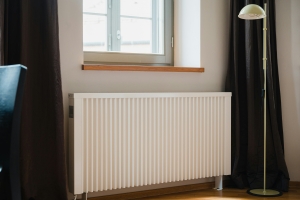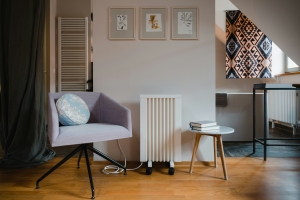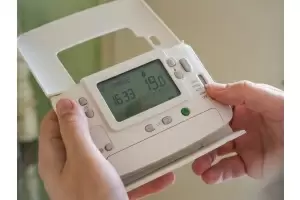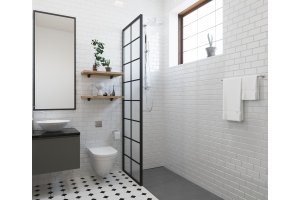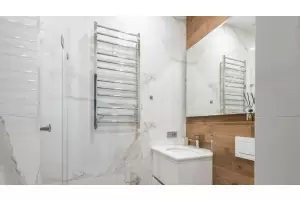There’s much to be said for the incredible advances made in home radiator design over recent years. Right now, you can pick up radiators in largely every shape, size, colour and specification imaginable. But at the same time, it’s important to remember that above all else, you’re actually buying a practical, functional item for the purpose of heating your room.
Style and Substance
In terms of working out the type of radiator that works best for any given room, you need to consider the available space you have, the size of the room, your interior décor preferences and how much you’d like to spend. Steel radiators are usually the cheapest and therefore the most popular types of radiator, but it’s also worth considering aluminium radiators.
Not only do aluminium radiators look uniquely elegant, but they’re also far more efficient than steel or cast iron radiators. And of course, heated towel rails make the very best dual-purpose choices for bathrooms – practicality, performance and style in perfect balance.
BTU Considerations
There was a time when working out the required radiator output for your room would have meant speaking to a plumber. These days, however, it’s easy enough to make the necessary calculations yourself, which in turn has the potential to save you both time and money.
Radiator output is measured in British Thermal Units (BTU). Each BTU represents how much heat energy is required approximately to heat 1lb of water from 39°F to 40°F. Or to put it another way, it’s also about the same amount of heat produced from a single match.
Calculating BTU Requirements
In order to work out how much heat energy you’ll be needing from your radiator, you simply have to work out how much space there is in your room. This means measuring the length, width and height of the room, in order to then take this data and run it through a simple online BTU calculator. By taking into account other factors like windows, doors, external walls and so on, you’ll instantly be returned with a BTU approximate for your room.
Room for Manoeuvre
Contrary to popular belief, it’s not necessary to work out your exact energy requirements down to the last BTU and choose a radiator that matches your needs exactly. Instead, the best advice is to avoid investing in a radiator with a heat output that falls any more than 10% above or below your BTU requirements.
It’s better to err on the side of caution and go a little higher than your BTU needs, as opposed to ending up with a radiator that’s insufficient for the purpose. Even if you do purchase a radiator that’s slightly too large and/or powerful, the beauty of today’s radiators is that you can always reduce the heat to a comfortable temperature.
 Sales & Support
Sales & Support  Open Mon - Fri 9am to 5.30pm
Open Mon - Fri 9am to 5.30pm